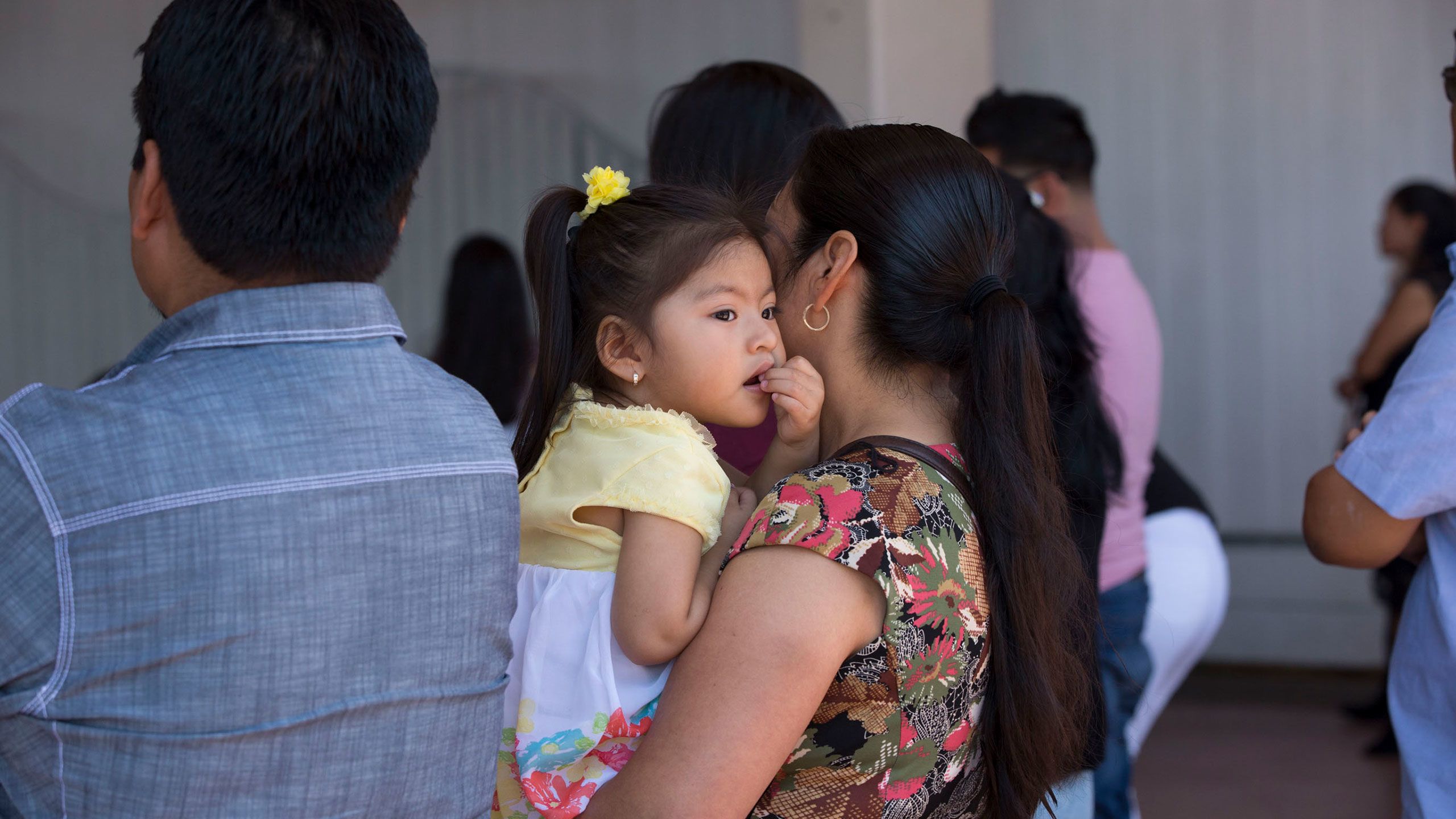Voices of Chagas in the USA
Living with a silent disease in California
All photos by Angela Boatwright
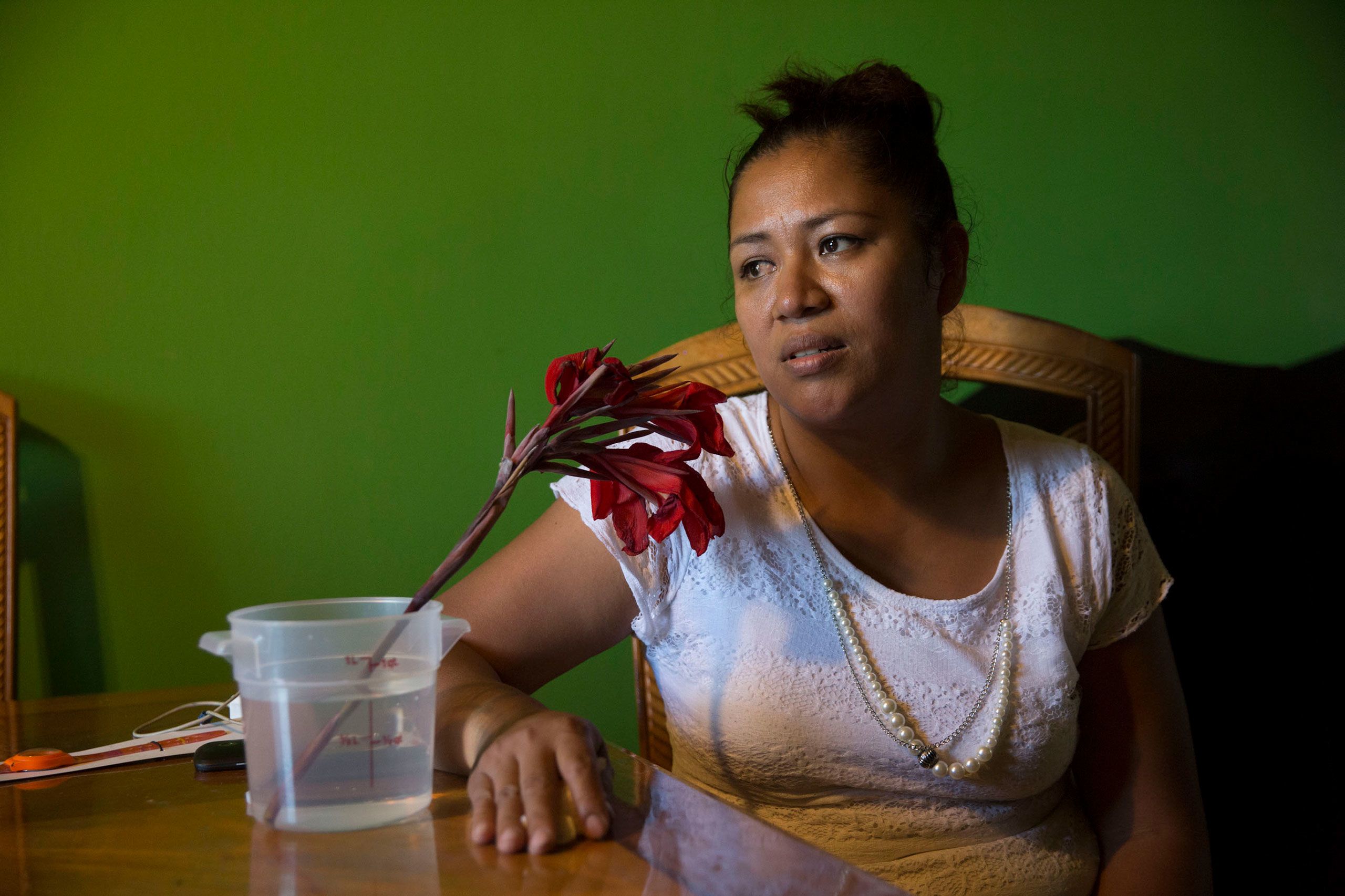
Last updated 1 October 2019
A kiss in the middle of the night
On a sun-drenched Sunday morning in Santa Monica, California, members of the Oaxacan Mexican community gathered at Saint Anne's Catholic Church to celebrate the Festival of Saint John the Baptist. After a large community mass in an open-air church, a lively Tambora Oaxaqueña brass band kicked off a day of festivities. A quiet Sunday morning turned into a festival of sound and colours with traditional Oaxacan costumes, jarabe dancing, and even a smattering of indigenous languages.
In a shady corner, a group of medical workers had set up three tents. Throughout the day curious participants walked by to chat with the Spanish-speaking medical volunteers. Some took free blood pressure tests but most gravitated over to a large banner featuring a photo of a frightening bug with a tiny head and red and black colouring on its wings.
With the brass band in the background the volunteers explained that they were there to test for a disease that almost no one in the fair had ever heard of: Chagas. The photos on the posters were of “kissing bugs,” the most common culprit of Chagas disease. Guadalupe Garcia defiantly approached the tents.
“I’m not scared to be diagnosed with this disease, I just want to know. We all will die some way.”
Guadalupe comes from a small town in Oaxaca and remembers seeing kissing bugs everywhere – they are known as chinches in Mexico. They infest the adobe huts common to her region, scattering out from the walls at night. The bugs bite sleeping people, frequently on the lips or face (thus the name “kissing bug”), leaving faeces which contain the parasites that cause Chagas disease. Unknowingly people will itch the bite in their sleep, rubbing the parasite into the wound. But Guadalupe never heard about this seemingly nightmare disease that volunteers were telling her was endemic in her region.
This lack of public information is a common issue in many of the 21 countries where Chagas is endemic, contributing to a deep neglect.
Caring for Chagas in Los Angeles
There is only one organization in the United States fully dedicated to providing comprehensive care for people affected by Chagas disease, the Center of Excellence for Chagas Disease (CECD). Housed within the Olive View-UCLA Medical Center in Sylmar, California, the CECD was founded by cardiologist Dr Sheba Meymandi.
The CECD often runs screening fairs in the Los Angeles area. It is one of the only ways to identify people before it’s too late. Chagas is known as a “silent disease,” and most people only experience a fever – if that – when they are first infected. The disease will then remain asymptomatic for years after infection, meaning most people are unaware of their condition. For 30-40% of people infected, the disease progresses to a late chronic stage. Of these, most will suffer cardiac damage from the parasites in their heart tissue, often leading to sudden death.
In addition to bites from the kissing bug, the disease can be transmitted from mother to baby, through food contaminated by kissing bugs, or through blood transfusions (the US now screens blood donations for Chagas disease).
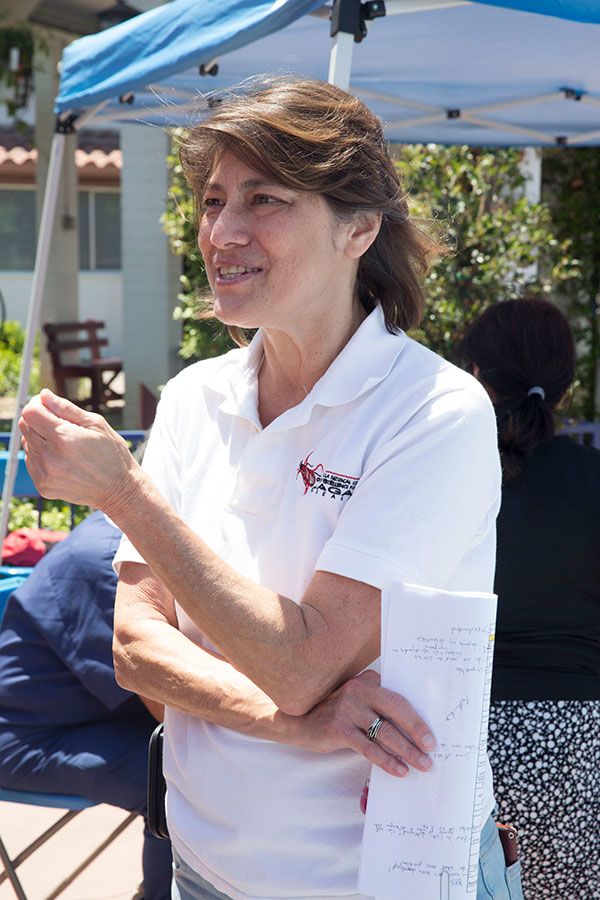
Dr Sheba Meymandi
Dr Sheba Meymandi
The CECD is running today’s screening and Dr Meymandi is there, assisted by Dr Salvador Hernandez, Project Manager of the CECD and coordinator of the community outreach. Drs Meymandi and Hernandez are some of the only health professionals in the country that know how to treat this disease.
“We need to make the medical community aware that Chagas disease is prevalent in the United States. It should not be seen as an exotic disease. We need to be thinking about it when we see patients and we need to be screening folks that come from at-risk areas – if we catch the disease early and treat you can prevent the onset of the complications associated with the disease.”
Dr Meymandi adds that very few primary health care providers in the country know about Chagas disease – even in the heavily Latin American San Fernando Valley.
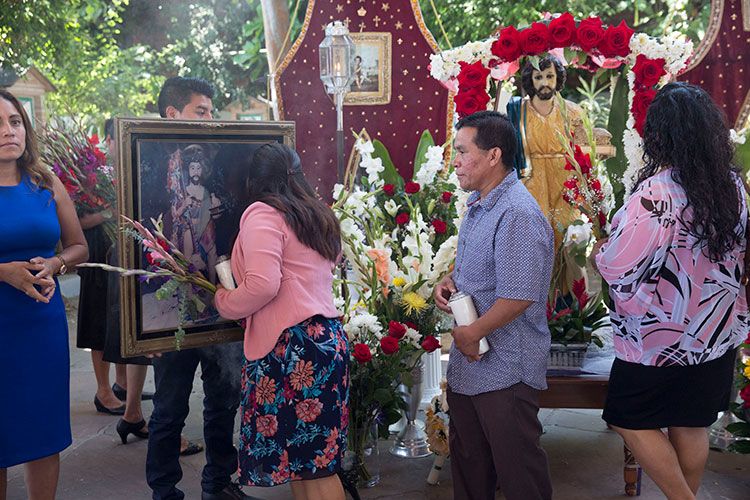
The Oaxacan community at the Festival of Saint John the Baptist in Santa Monica
The Oaxacan community at the Festival of Saint John the Baptist in Santa Monica
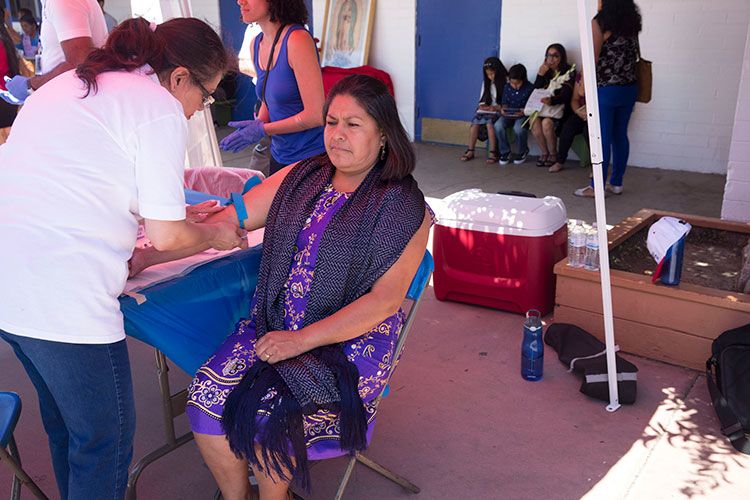
Guadalupe Garcia gets tested for Chagas - few festival participants had heard of the disease
Guadalupe Garcia gets tested for Chagas - few festival participants had heard of the disease
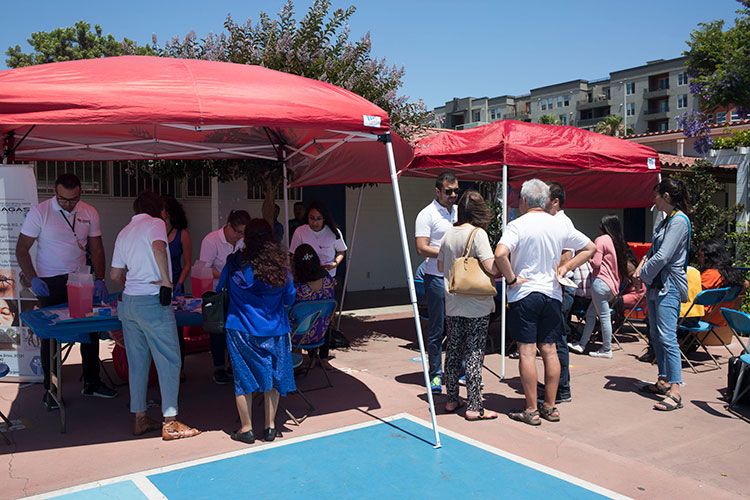
The Center of Excellence for Chagas Disease screening tents at the Festival of Saint John the Baptist in Santa Monica
The Center of Excellence for Chagas Disease screening tents at the Festival of Saint John the Baptist in Santa Monica
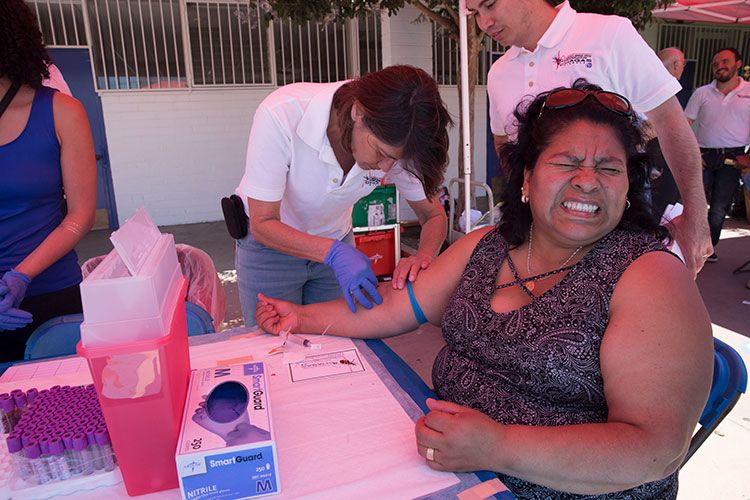
Dr Meymandi, founder of the Center of Excellence for Chagas Disease, taking blood
Dr Meymandi, founder of the Center of Excellence for Chagas Disease, taking blood
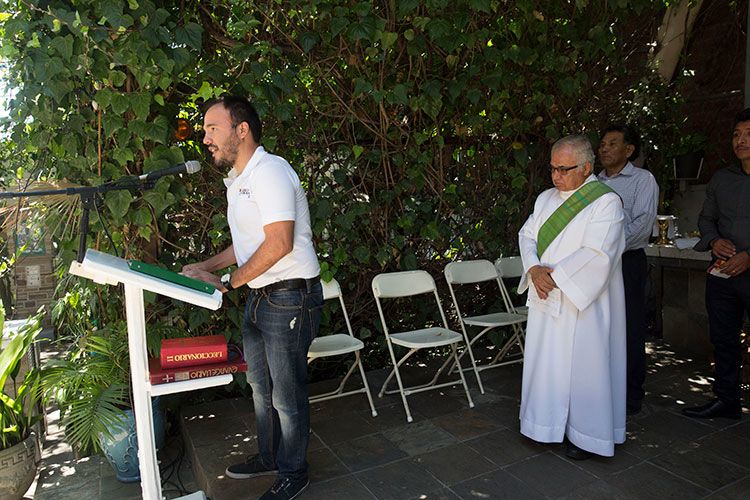
Jose Amadeo Flores Castro, a volunteer at the Center of Excellence for Chagas Disease, tells congregants about Chagas disease and encourages them to get tested
Jose Amadeo Flores Castro, a volunteer at the Center of Excellence for Chagas Disease, tells congregants about Chagas disease and encourages them to get tested
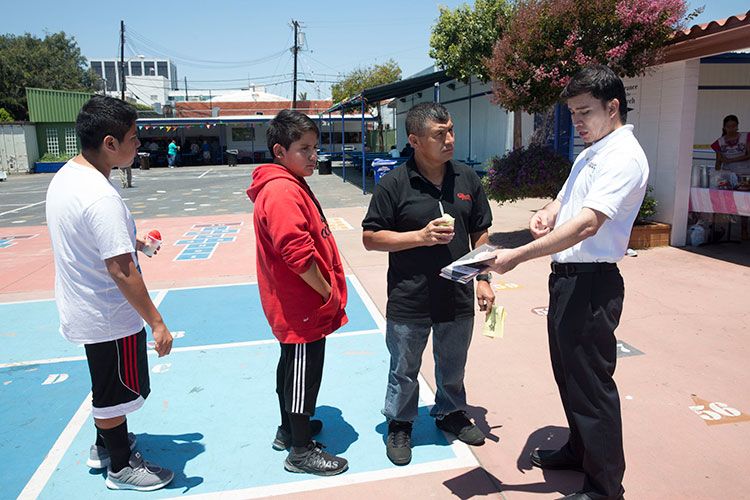
Lesner Suncin Rivas, a physician originally from El Salvador, speaking to church attendees before they get a Chagas test
Lesner Suncin Rivas, a physician originally from El Salvador, speaking to church attendees before they get a Chagas test
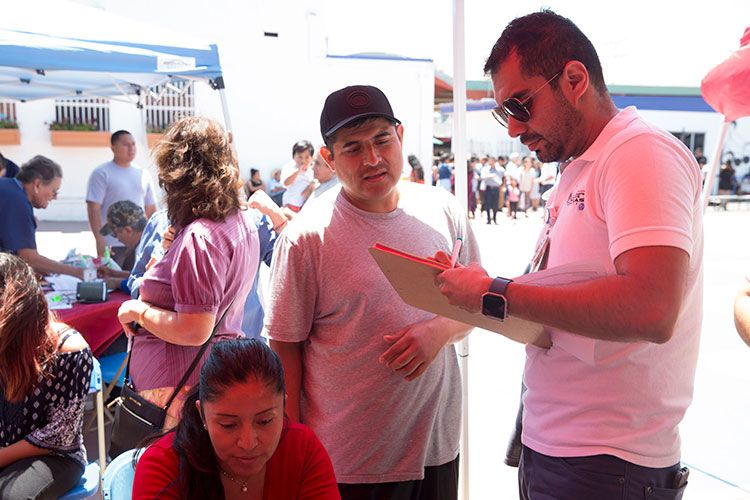
Dr Hernadez, a specialist in Chagas disease, at the screening tent
Dr Hernadez, a specialist in Chagas disease, at the screening tent
There are some 300,000 people living with Chagas disease in the USA
Almost 6 million people live with the disease globally
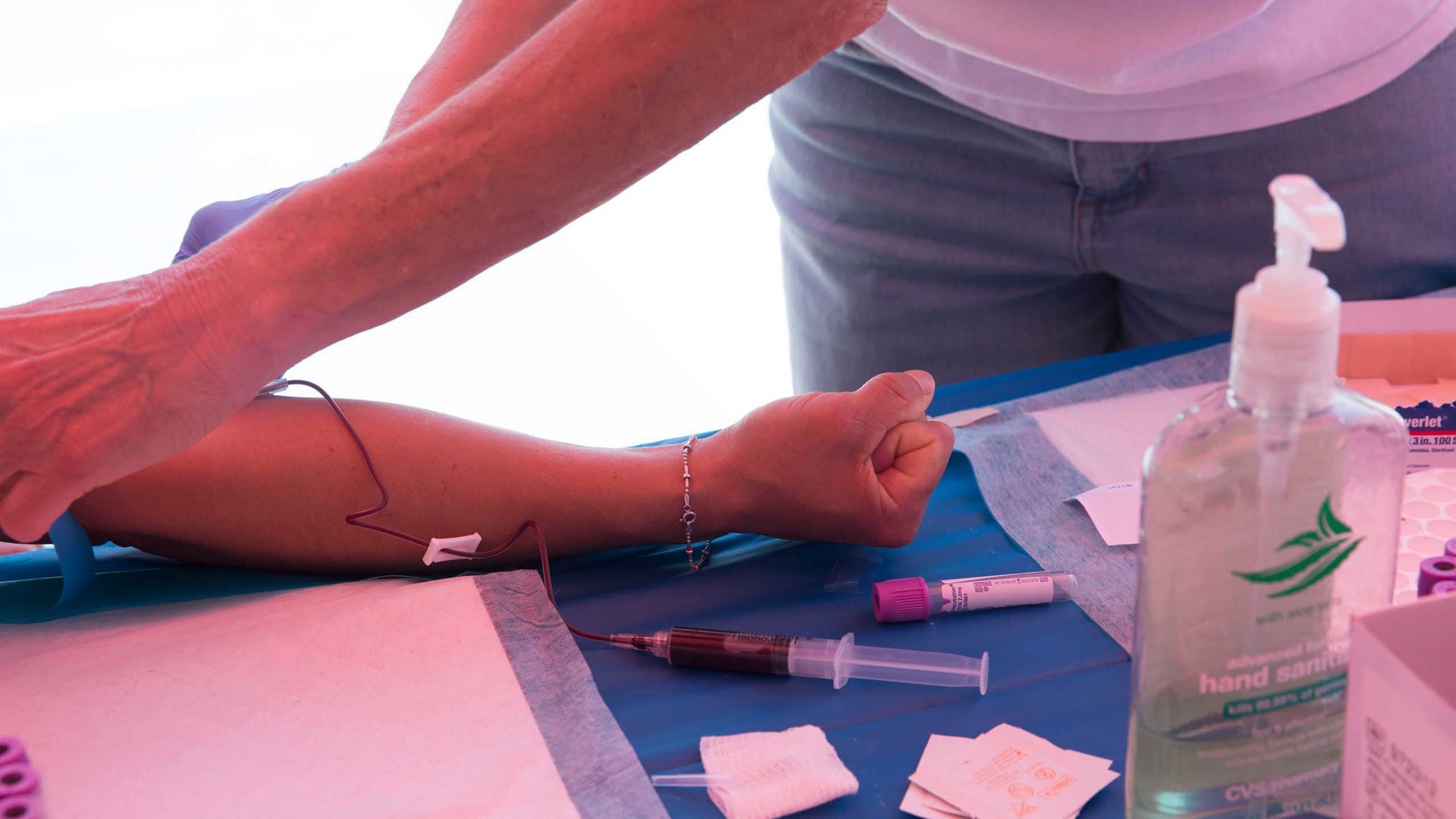
A study of 5,000 Latin American-born residents of Los Angeles found that 1.24% tested positive for Chagas
Pictured: Chagas patient Anna Rivas in Panorama City, California, holding a photo of her father, who died in El Salvador of Chagas
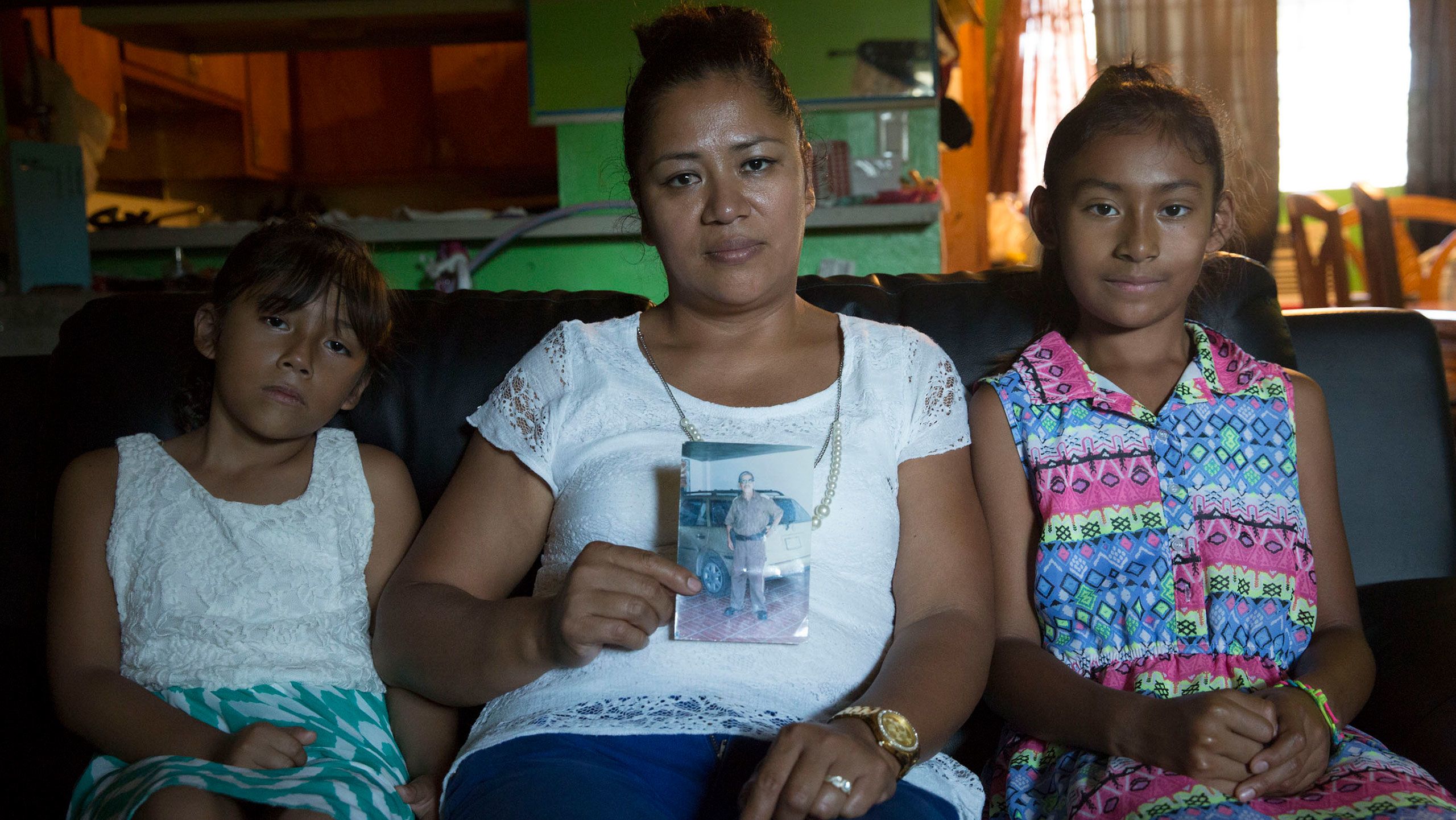
But cases are popping up in California and other US states in people who never traveled to Latin America.
What is happening?
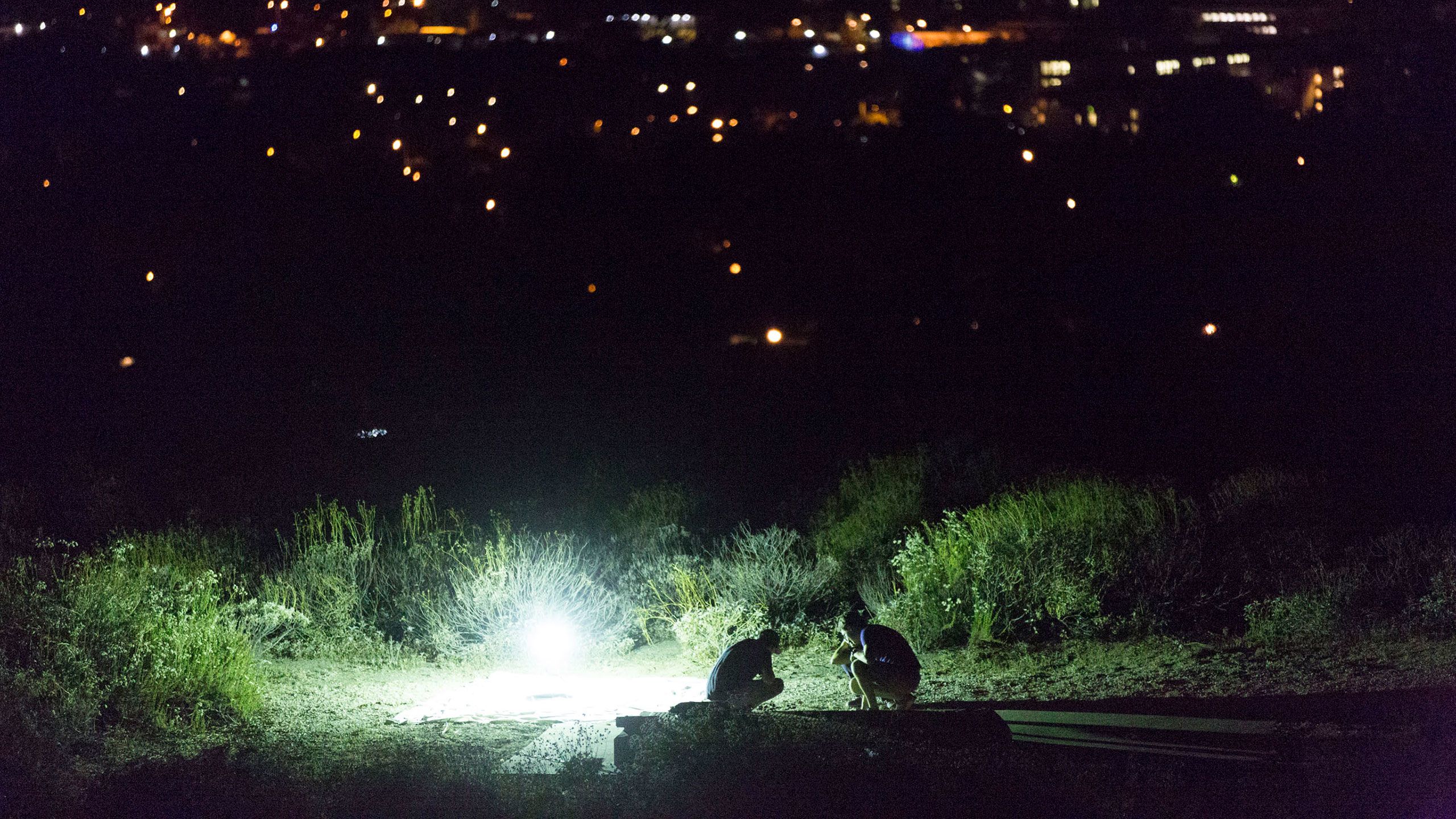
Infected with Chagas in California
In 2016 Lynn Hatton Hodson, 48, bought some land with her husband near Grass Valley, CA, in the rural foothills of the Sierra Nevada. Lynn is a successful businesswoman at an educational company and lives with her high school sweetheart husband, a retired US marine.
When they first bought the land, Lynn and her husband decided to tent in the 23 acres of hilly land they bought. It was idyllic amongst the pine trees and streams. She did notice a large bug bite afterwards but thought nothing of it.
A year after her camping trip in 2017 she received a letter from the Red Cross after she had donated blood at a local church. She was shocked. The letter said she was diagnosed with “indeterminate Chagas disease.” She had never heard of it, so she started googling the disease and found the CECD’s phone number. When she called, Dr Hernandez told her that she probably didn’t have Chagas since she was born in the US and did not travel to endemic areas.
“I was getting an EKG at Olive View Hospital and a nurse told me: ‘You can’t have Chagas, you are white.'”
Tracking down the kissing bug
The quaint suburbs around the mountains of Riverside, California look like a set from a 1980s Hollywood movie. At the edge of town, a group of students head into the brushy, dry hills known as the Box Spring Mountains as the sun sets. An eerie orange light bathes the scene. They are carrying a generator, some flashlights, and a large tarp. Looking for ET? No, they are hunting for kissing bugs.
Chagas disease has been in the USA for thousands of years – traces of the disease have been found in mummified remains of humans discovered in Texas. The first “locally transmitted” case was reported in Texas in 1955, while in California the first case was reported in 1982. In 2016 the CECD published the first documented cases of someone likely infected in southern California – a 19-year old who often camps and bikes in Ventura County.
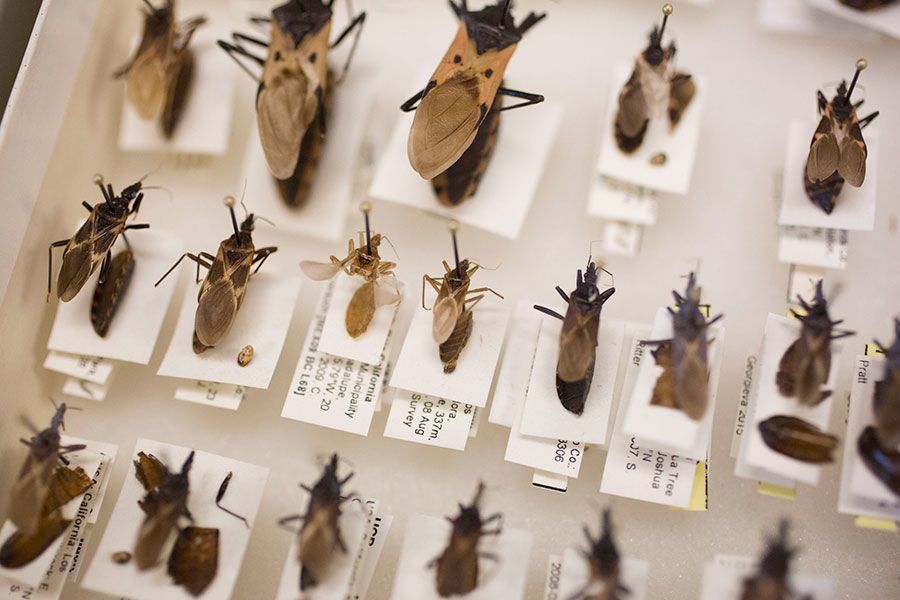
Kissing bugs at the University of California
Kissing bugs at the University of California
The bugs are found throughout California– even in the hills around LA’s Hollywood sign. All species of the bug in the state are capable of transmitting Chagas disease, but only a few cases have been officially reported. Some scientists believe climate change could be driving bugs north.
Christiane Weirauch, Professor of Entomology at the University of California, Riverside, is leading tonight’s bug hunt for triatominae, or kissing bugs. She has travelled the world hunting triatominae but can go just off campus “light trapping” to catch some specimens. In the Box Spring Mountains, the bugs live in wood rat dens.
With the sparkling lights of Riverside and Los Angeles in the valleys below, Professor Weirauch and her students set up a large tarp and a generator-powered light, attracting all sorts of bugs. Coyotes are not too far away in the brush.
Tonight, they find no bugs though.
“The weather has to be just right to catch kissing bugs."
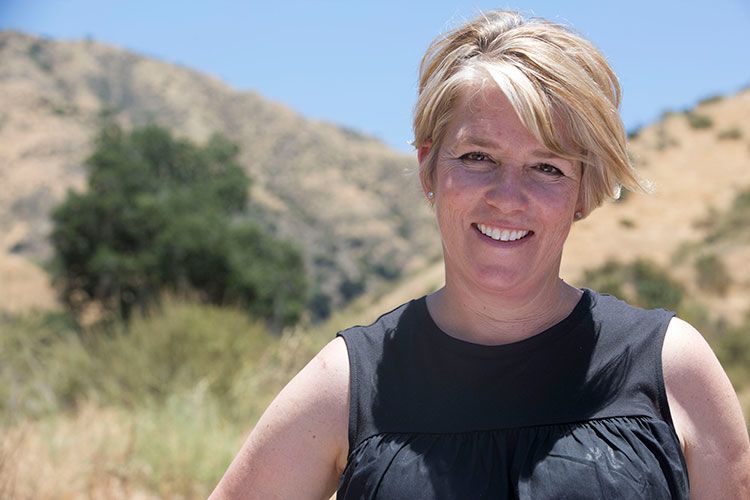
Lynn Hodson was infected with Chagas disease in northern California
Lynn Hodson was infected with Chagas disease in northern California
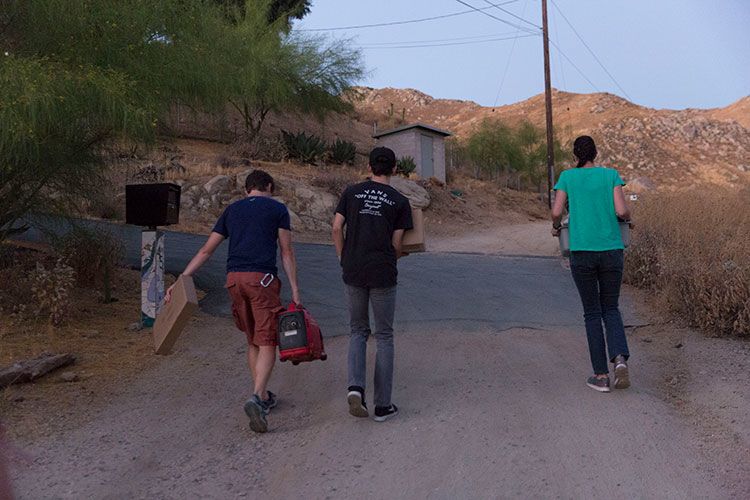
University students head into the Box Spring Mountains to set traps for kissing bugs, which can transmit Chagas disease
University students head into the Box Spring Mountains to set traps for kissing bugs, which can transmit Chagas disease
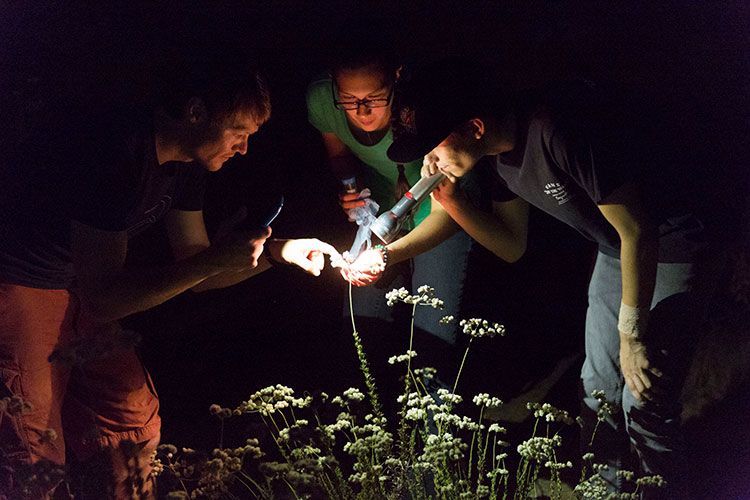
In the Box Spring Mountains kissing bugs live in wood rat dens
In the Box Spring Mountains kissing bugs live in wood rat dens
Because of the silent nature of Chagas, many find out their diagnosis too late
In 2002 Dora Zavaleta collapsed outside her apartment in Panorama City. Even after Chagas treatment her heart only works at 50%.
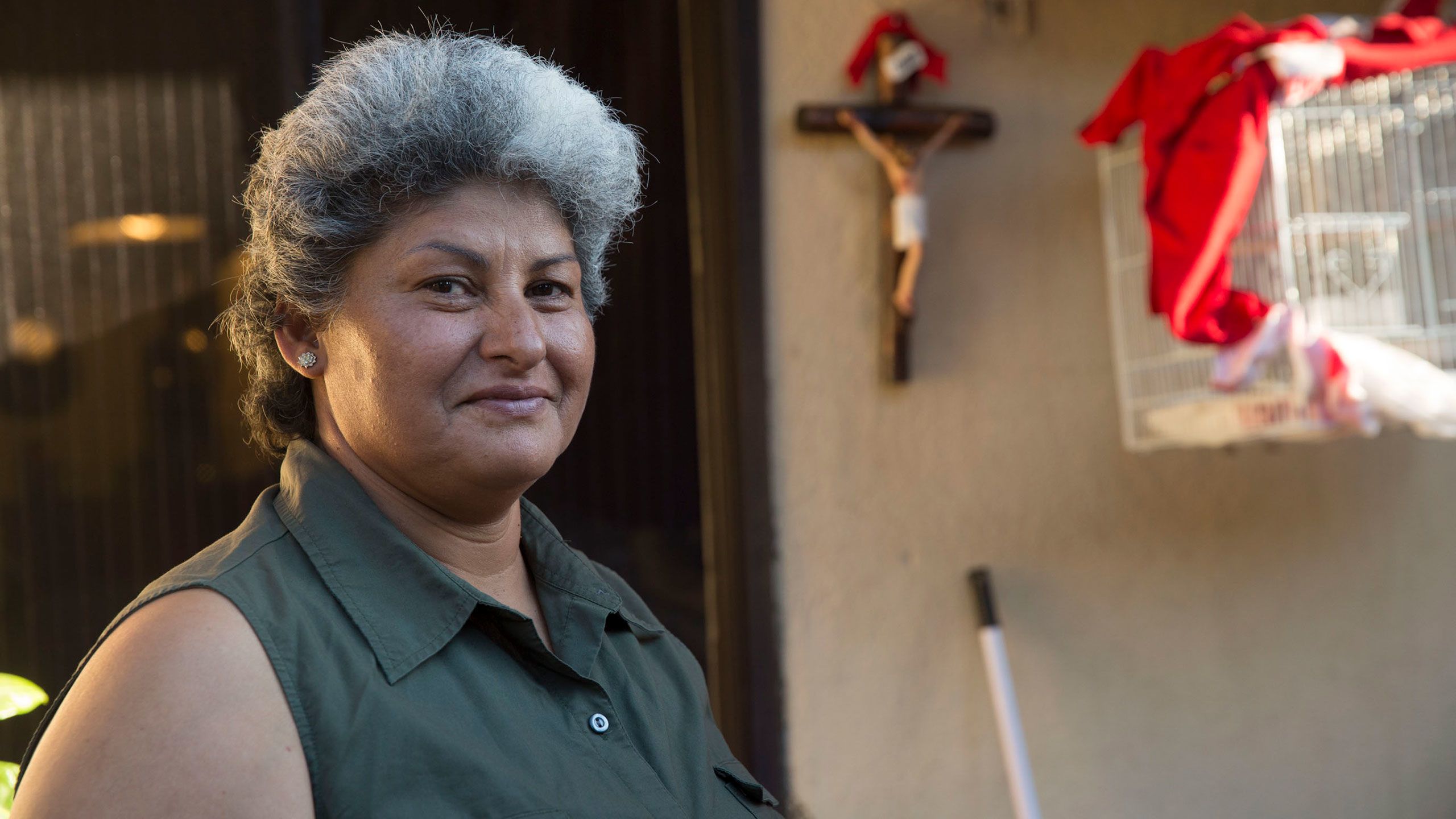
Early treatment can save lives
While the silent disease causes immense heartbreak for people and their families, if Chagas is diagnosed and treated early there is hope.
Jessica was the last member of her family to come to Los Angeles from El Salvador in search of a better life. She came from a small village and remembers seeing chinches on the floor of the adobe house where she lived as a child. Almost five years ago, she went to a “health fair” in a church near Van Nuys, California, and met volunteers from the CECD. She had never heard of Chagas disease.
“If you don’t hear from us that means you don’t have the disease,” the volunteers told her after taking her blood.
One month later a doctor from the CECD called Jessica and asked her to come to the clinic, where she was told she had Chagas disease. She eventually received the medicine benznidazole through the CECD.
Benznidazole is one of two drugs used to treat Chagas and was only approved in 2017 by the U.S. Food and Drug Administration, although the drug was discovered half a century ago. Because it was not approved at the time Jessica was treated, the CECD had to obtain the drug through the Centers for Disease Control and Prevention. Jessica did not experience the side effects often associated with the medicine and completed the treatment course without any troubles.
Now Jessica looks forward to the future.
“Some of my close friends think I’m contagious and won’t share a glass with me. But I feel completely fine, I’m healthy and I know that I’ll be ok. I want to start a family.”
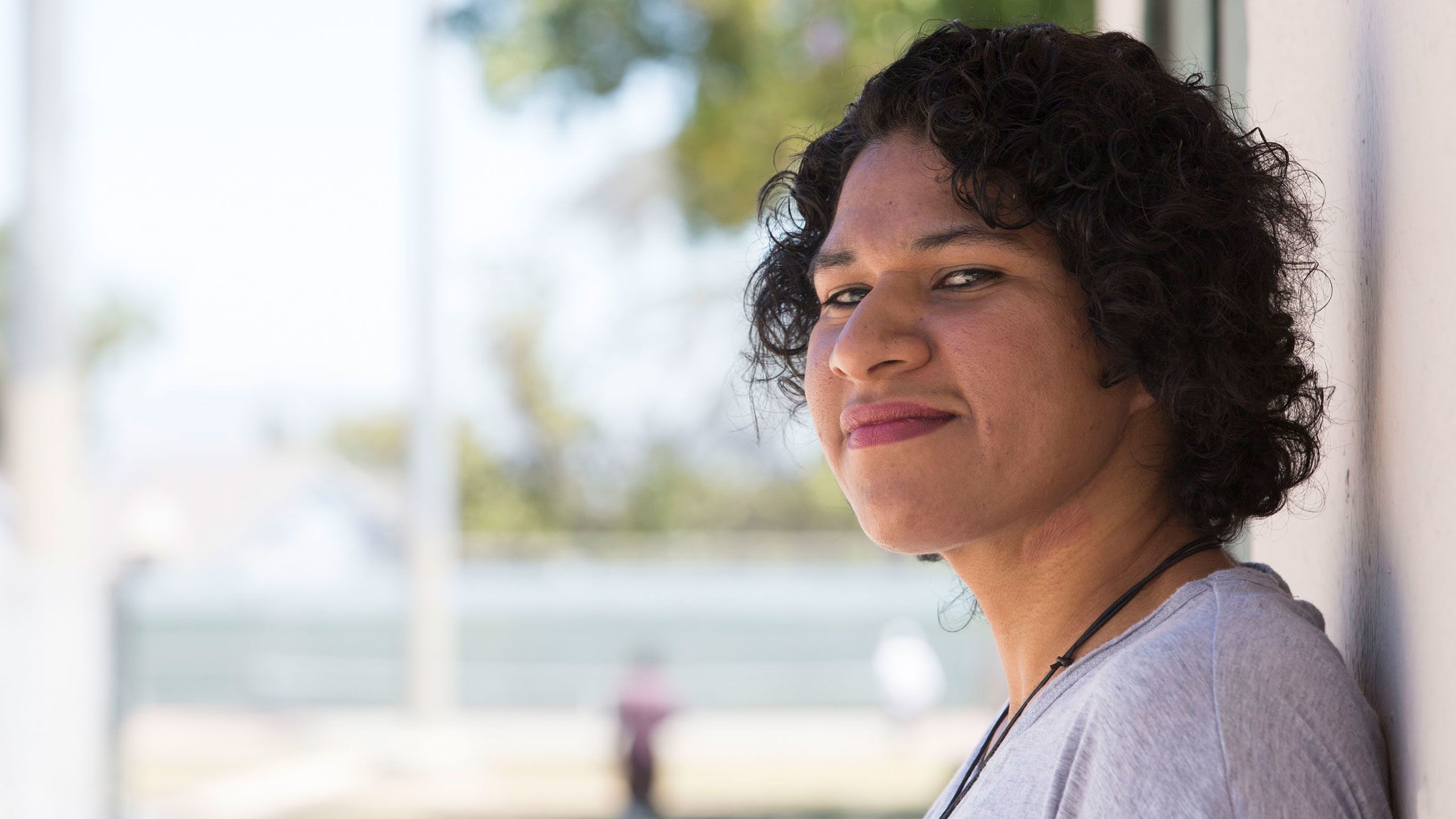
Struggling to take the drugs
Lynn, from northern California (pictured here at the CECD with a Chagas patient focus group), had a different experience. After a number of blood tests and trips back and forth to LA, she started the eight-week treatment course of benznidazole.
Every two weeks she had to travel all the way from Sacramento to LA for check-ups while on treatment. She resigned from her school board in order to focus on getting treated.
After about four weeks Lynn started experiencing side effects – headaches and swollen face. She eventually stopped the treatment two weeks early. Around 20% of those who start benznidazole do not complete it, mostly due to side effects.
A new hope for people with Chagas?
Both Lynn and Jessica are hopeful today because they received early treatment. But only 1% of Chagas patients in the US receive treatment – echoing a trend around the world. The silent disease remains a silent killer. The CECD has done its small but important part in California: in its 10-year history, it has screened over 8,000 people and treated over 300 people. But thousands more will need to be reached, in states with significant Latin American population and in states like California and Texas where local transmission has been confirmed.
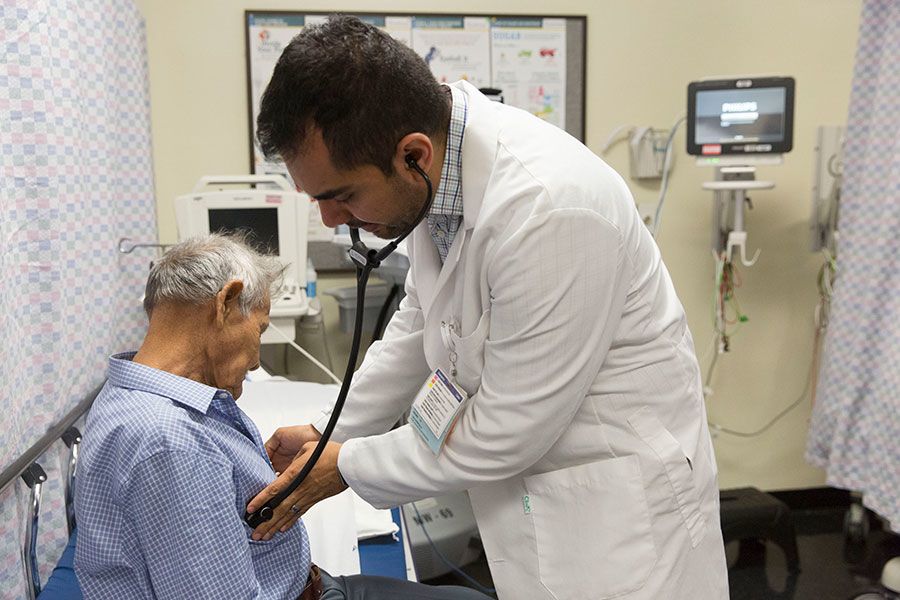
Dr Hernandez with a patient at the CECD
Dr Hernandez with a patient at the CECD
The registration of benznidazole in the US is a first step. The drug was approved for the treatment of children aged 2-12, and a private-public partnership is working together to ensure access in the country. Improving treatment is next. A recent clinical trial led by the Drugs for Neglected Diseases initiative (DNDi) in Bolivia showed that a two-week treatment course for adult patients with chronic Chagas disease had similar efficacy and significantly fewer side effects than the standard treatment duration of eight weeks, when compared to placebo. Efforts are also underway to develop entirely new drugs for Chagas – even in California, where artificial intelligence is being used to scan for potential new treatments.
But much more will be needed to end the neglect of Chagas disease, in the US, Latin America, and everywhere where people living with Chagas disease are found.
In 2019, following a successful petition by the International Federation of Associations of People Affected by Chagas disease (FINDECHAGAS), the World Health Organization declared 14 April the official World Chagas Day to raise awareness for the disease. This is an important step, but we need to continue efforts to educate, advocate, and finally give a voice to people living with Chagas – who have lived in silence for too long.
Please help us break the silence by sharing!
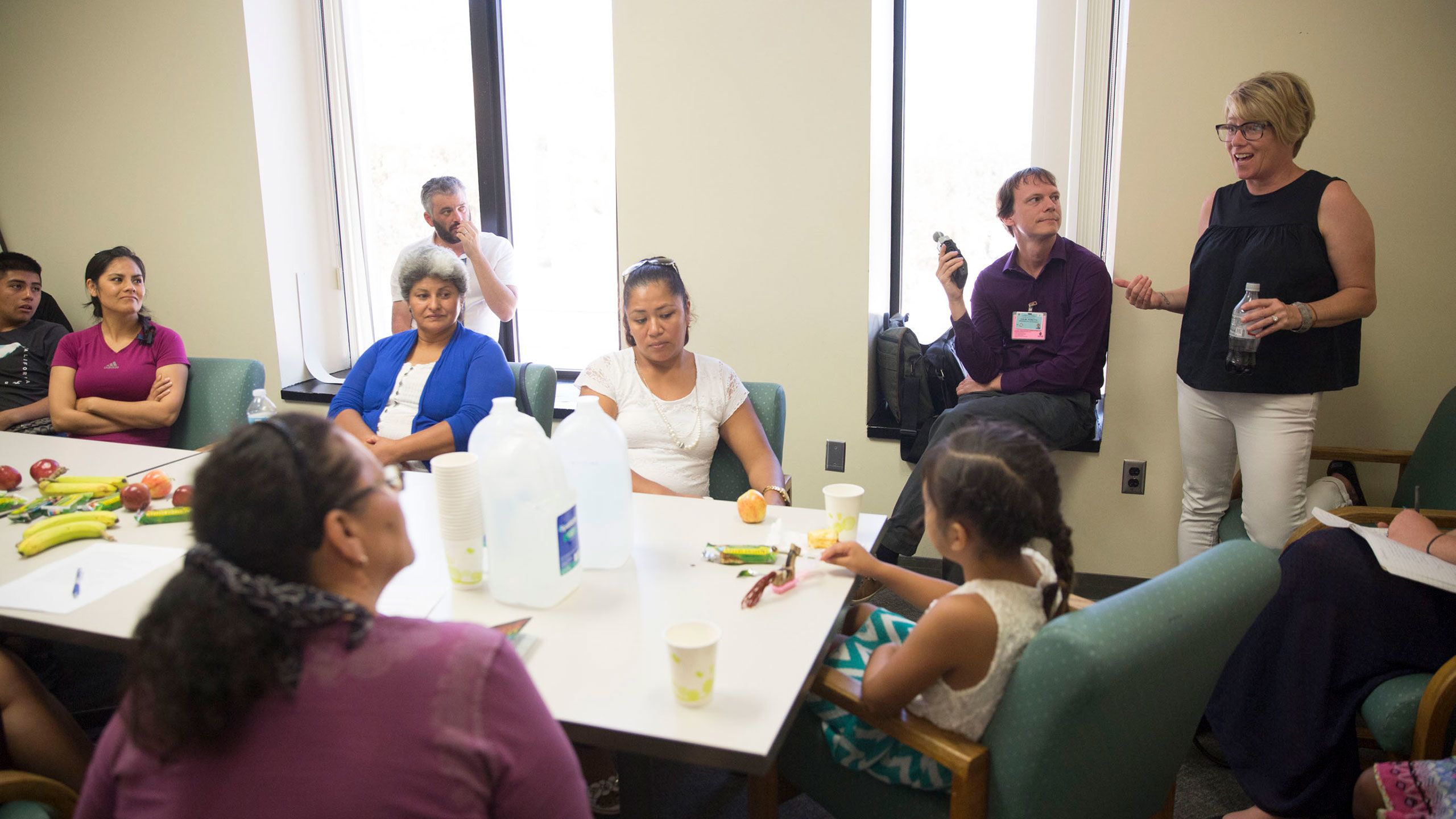
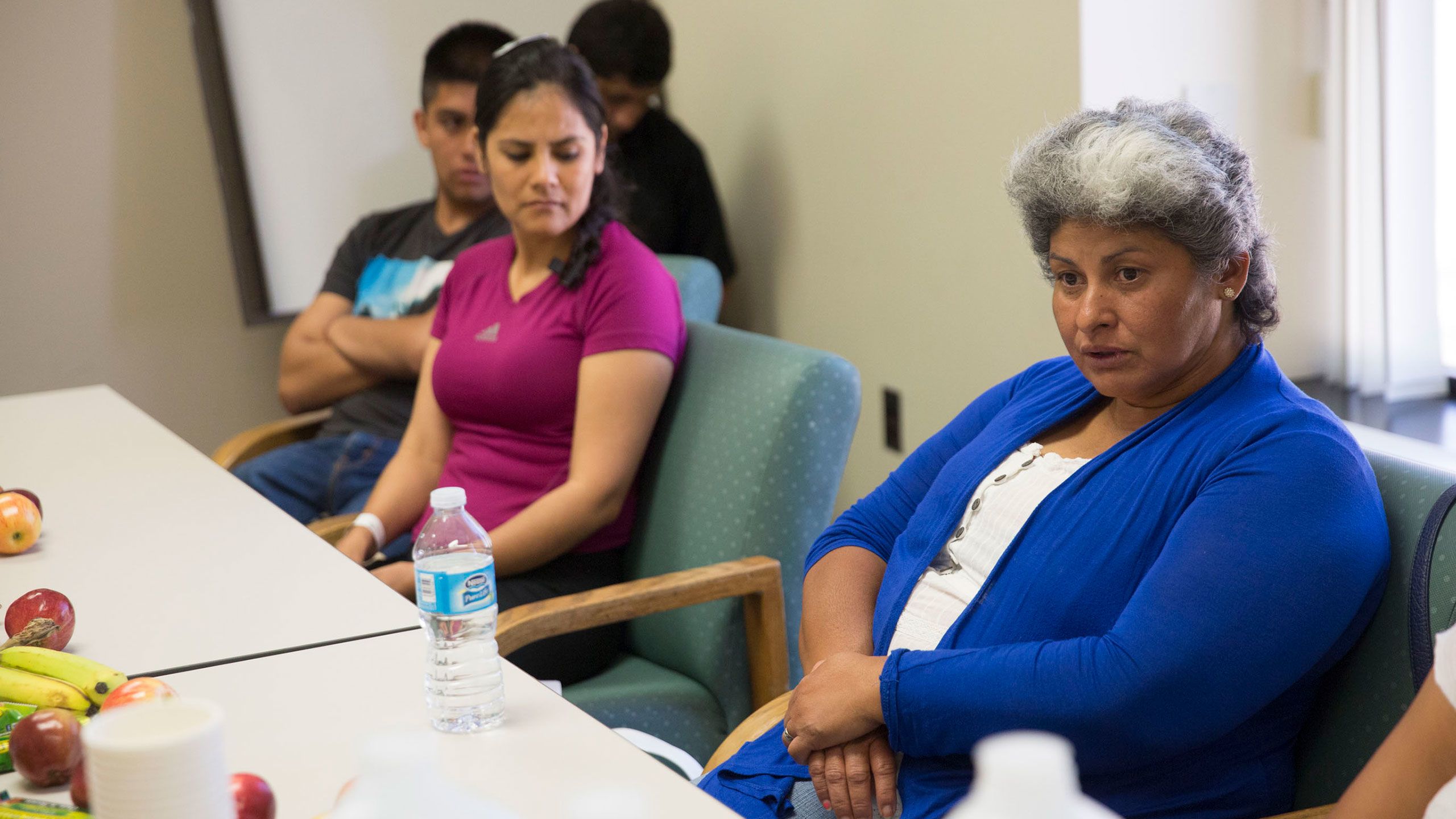
All photos by Angela Boatwright
